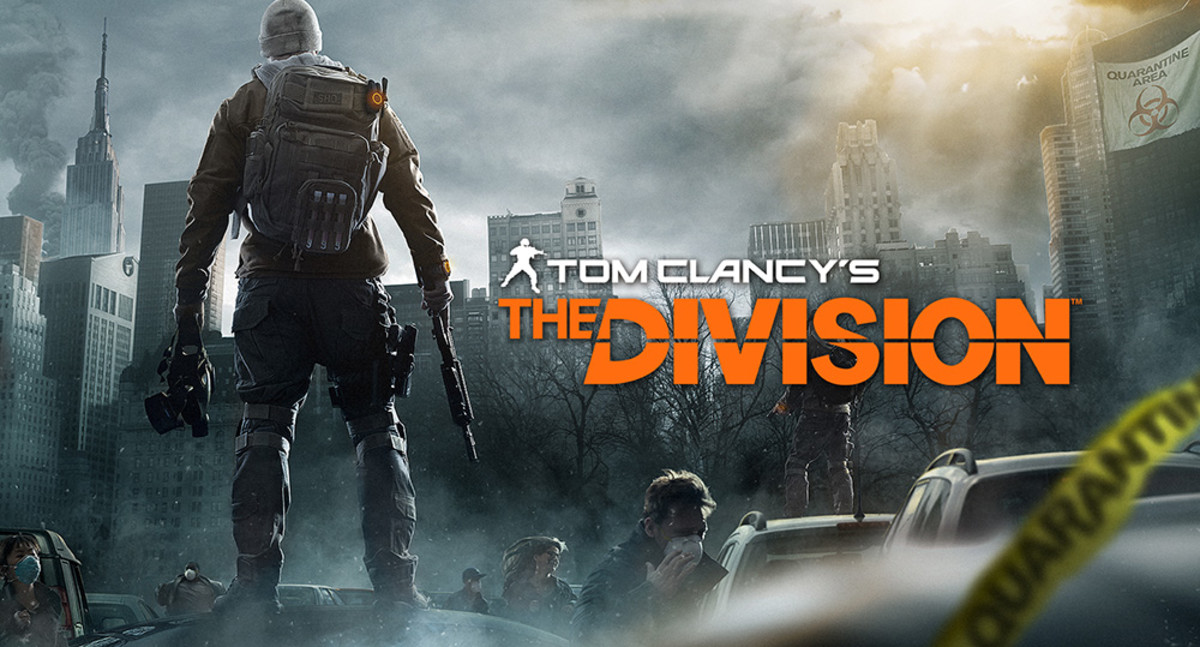Review: Tom Clancy's The Division
After two major delays, Ubisoft finally released their ambitious open-world game, Tom Clancy’s The Division, to a lot of hype. It promised to deliver a unique experience by combining a cover-based third-person shooter with an RPG supported by a robust multiplayer experience. But with so much hype surrounding the game, the bar was set high for The Division.
The game takes place in New York City after a biological attack decimates the city, which forces the government to quarantine the entire island. You play a government sleeper agent for a group called the Division, and you’re tasked with restoring order to the city while attempting to discover the source of the plague, which is referred to as the Green Poison.
As a native New Yorker, I can confidently say that Ubisoft faithfully recreated a stunning version of Manhattan. Despite the abandoned cars littering the desolate and eerily quiet streets, I could immediately recognize many of the various neighborhoods without even looking at the map.
While you can play the game from start to finish by yourself, Ubisoft seems to steer you toward playing with others online. There’s a great matchmaking system in place if you want to quickly team up with a group of players, and you can seamlessly join friends wherever and whenever you want. While I played large stretches of the game solo for the sake of time, teaming up with friends or even random strangers for missions was a lot of fun. Coordinating roles, abilities and tactics made every encounter fresh and fun. The difficulty of each mission scales with every player you add to your group, and the experience is noticeably different when you’re working with a team.
Even so, there’s not a lot of variety in the missions. Each mission pretty much goes the same way: fight through a wave of enemies, reach a checkpoint and then repeat. They’ll mix in small tasks such as flipping on some switches, delivering an object or protecting something, but you’ll essentially spend most of your time shooting your way through waves of enemies until there are none left standing.
I will say, though, that the lack of variety isn’t necessarily a bad thing as the combat is excellent. Each of the weapons feel unique and satisfying in its own right, and I was pleasantly surprised by the excellent gunplay. The enemy AI is, for the most part, smart and challenging. You have to stay on your toes as they attempt to flank you, find ways to flush you out of cover by lobbing grenades at you and send ballistic shield-wielding attackers charging at you with reckless abandon. The elite enemies are more annoying than challenging to deal with as they’re just bullet sponges that soak up damage, so there isn’t a lot of creativity there.
Like the city Division is based in, there’s a lot of verticality to the level design in game. This makes for some intriguing encounters as you’re able to maneuver yourself to higher ground to gain the upper hand or find different angles to attack. Conversely, you’ll also have to deal with enemies attacking you from above or getting the drop on you if you’re not paying attention.
The cover system, which seems to have been adopted from the Splinter Cell series, is among the best I’ve ever used in a game. You can maneuver around the battlefield with ease by simply pointing the cursor to the nearest cover and holding down the cover button as it automatically takes the optimal path to get you there. Of course, the universal do-it-all button will also lead you to getting stuck on a cover at some inopportune times, which can get frustrating.
While combat is fun, one of my major gripes with the game is the long stretches where there is simply nothing to do. More often than not, getting from point A to point B is uneventful. Random events and skirmishes are few and far between, and you should expect to spend a fair amount of time running through near-empty streets with very little to do besides navigating through the city. While you can fast travel to locations once you unlock them, getting to them in the first place can be a chore. And outside of fast traveling to a safe house, the game gives you little incentive to revisit a neighborhood after you’ve unlocked it and completed the main story missions. The rewards for exploring are rarely enticing enough to encourage you to go off the beaten path, which is unfortunate, as that is one one of the hallmarks of a good open-world game.
The leveling system in The Division is unique. While you gain experience points and level up, you don’t unlock new abilities or get points to distribute across different categories. The whole process is streamlined, and there are three core stats for your character that you have control over: firearms (damage output), stamina (health) and electronics (effectiveness of your skills). Gear plays a major role, as a single piece of gear can have a major impact on your character’s stats, which give you some incentive to chase after rare gear.
You unlock new abilities by upgrading different parts of your home base. They’re broken into three wings: medical, security and tech. You gain points to unlock different areas in each wing by completing missions, each of which will reward you with points for one of the three categories. You can equip two abilities, each of which is interchangeable between missions. They vary between offensive, defensive and support. You’ll have access to abilities such as healing, a ballistic shield, sticky grenades, an automatic turret, a support station and seeker mines. If you’re working solo, an automatic turret can be a lifesaver. However, if you’re in a big group with a lot of firepower, a support station that can heal or resupply your allies is infinitely more useful.
The Dark Zone is the X-factor for this game, and once you get through all the story missions, the Dark Zone will be the main draw for you to keep playing. The Dark Zone is a Player vs. Player vs. Environment section that is cordoned off from the rest of the city with other players and packs of elite enemies roaming the streets. It’s essentially a free-for-all where your allies can turn on you at a moment’s notice and become your enemy or you could run into a group of rogue agents. This adds a lot of tension to every minute you spend in the Dark Zone, especially if you’re teamed up with a stranger(s). That teammate that just completed a mission with you could instantly stab you in the back to try to steal all of your loot (the best loot in the game is only attainable through the Dark Zone). Any player that turns on a teammate is immediately marked as rogue, and a bounty will be placed on his/her head. The only way to extract any loot you obtain in the Dark Zone is by reaching an extraction point and calling in a helicopter to lift it out for you, which makes for some extremely tense moments as you wait.
At its core, The Division is an open-world, third-person shooter masquerading as a role-playing game (RPG). Sure, there are a bunch of RPG elements mixed in, but it never truly feels that way. While the game could use more random events and side missions to entice you to explore more, there’s enough content to keep you playing for hours on end (Ubisoft is also adding two free updates along with three paid expansions). Cooperative play is excellent, and the game really shines when you’re with a team of players working in unison to fight your way through waves of enemies. The Dark Zone adds player-driven moments that are lacking throughout the campaign, and the great unknown of venturing into the Dark Zone will keep you coming back for more.








